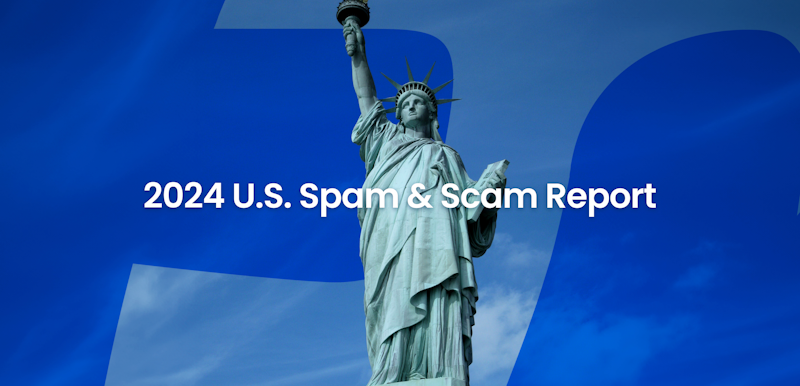Navigating the Complexities of AI Verification Fraud
Lindsey LaMont
Mar 6, 20243 min read
In an era where technology seamlessly integrates into our daily lives, the security measures we rely on to protect our personal and financial information have become increasingly sophisticated. From passwords and passkeys to biometric scans, these methods are our first line of defense against unauthorized access.
However, as technology advances, so do the methods employed by fraudsters, with artificial intelligence (AI) emerging as a tool to bypass these security measures.
The Rise of AI in Security
AI's capability to undermine traditional verification processes is growing. This innovative technology can create fake videos and photographs of non-existent people who appear legitimate and authoritative. These AI-generated identities are then used to deceive security protocols, granting access to sensitive financial information and systems.
The Implications of AI-Driven Fraud
AI verification fraud has profound implications for both consumers and financial institutions. Unauthorized access to bank accounts, fraudulent transactions, and the creation of fictitious assets to secure loans are just a few examples of the potential risks posed by this form of fraud. The sophistication of these AI-generated falsifications presents a significant challenge in distinguishing between genuine users and impostors, putting at risk the integrity of our financial systems.
Addressing the Challenge of AI Verification Fraud
The threat of AI-driven fraud necessitates a dynamic and proactive approach to security. Financial institutions and digital platforms must continually evolve their verification methods to counter the advancing capabilities of AI technology. This might include the development of more advanced AI detection tools, multi-factor authentication processes, and continuous monitoring of account activities for any irregularities.
Collaborative Efforts to Combat Fraud
Combatting AI verification fraud requires a collective effort from technology developers, financial institutions, and regulatory bodies. Sharing insights, technological advancements, and strategies can help create a more robust defense against these threats. Additionally, raising public awareness about the potential risks of AI-driven fraud is crucial. Educating consumers on how to recognize and protect themselves from fraudulent activities can significantly mitigate the impact of these scams.
How to Avoid Verification Scams
Download Truecaller, a caller ID and scam blocking app. Your own intuition of what is a scammer is great, but having an app dedicated to helping you identify scams when they call or text is the cherry on top.
Use Multi-Factor Authentication (MFA)
Implementing multi-factor authentication is one of the most effective ways to secure your accounts. MFA adds an additional layer of security by requiring two or more verification factors to gain access, significantly reducing the chances of unauthorized access even if a scammer has some of your information.
Educate Yourself on the Signs of AI Scams
Awareness and education are key in recognizing and avoiding AI verification scams. Familiarize yourself with the common characteristics of these scams, such as unexpected requests for personal information, unusually high-quality impersonations in video or audio, or pressure to act quickly. Understanding how AI can be used in scams helps you stay one step ahead.
Secure Your Personal Information
Be cautious about where and how you share your personal information. Scammers can use publicly available information to tailor their scams, making them more convincing. Adjust your privacy settings on social media, and be skeptical of requests for personal or financial information—especially if they come from unsolicited or unexpected communications.

Lindsey LaMont
Mar 6, 20243 min read


